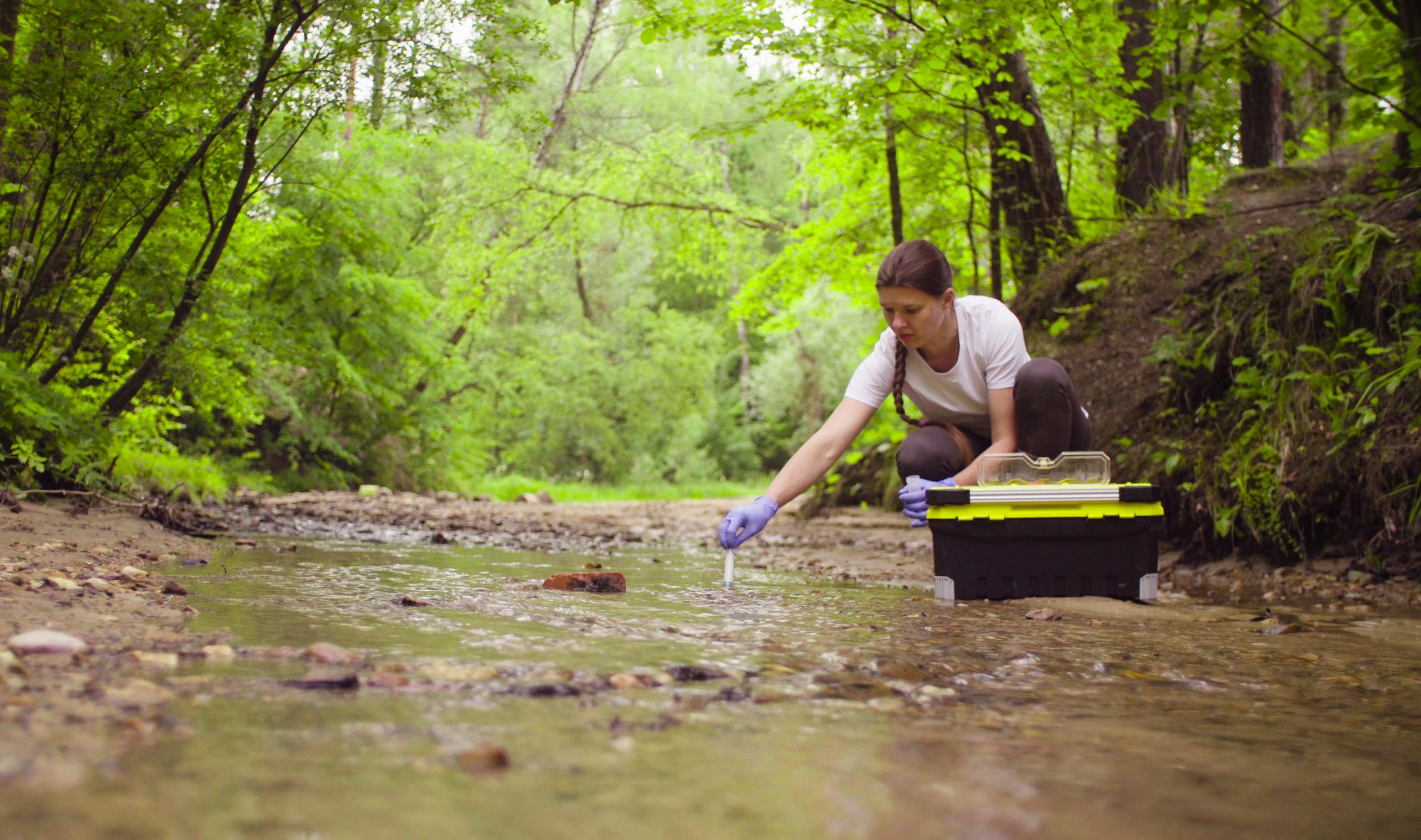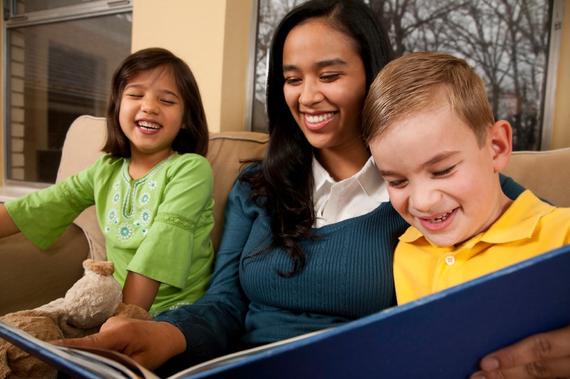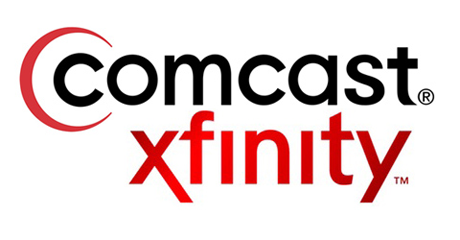
Draining the Unclear: Our Absorbing Watershed
A clear and captivating insight of our community’s catchment area and it’s not-so-clear runoff. Learn what this means for us and how we can minimize pollution through our LED Task Force’s meeting with Ramsey County Park professions
What is a Watershed?
The Minnesota Pollution Control Agency(MPCA) states that a watershed is: “the area of land where all of the water that drains off of it goes into the same place—a river, stream or lake.”
Reducing Pollution in our Watershed
In November, the Landscape and Environmental Design (LED) Committee met with staff from the Ramsey County Parks and Recreation Department and the Capitol Region Watershed District. These agencies offer technical assistance for implementing landscaping techniques that reduce the flow of pollutants into our waterways. CTC belongs to the Capitol Region Watershed District (CRWD). All water found in the Capitol Region Watershed District (which includes wetlands, creeks, and lakes) eventually drains into the Mississippi River.
One of the things we learned about was stormwater pollution, the idea that the “materials washed off the hard surfaces in our towns and cities eventually end up in the water, where they can become harmful pollutants.” When it rains or the snow melts, the water picks up pollutants on our hard surfaces and flows into our storm drains. To see what a storm drain looks like, click here.The water then drains into local lakes and the Mississippi River, bringing pollutants including pesticides, trash, fertilizers, motor oils, and road salt. Leaves on the ground that haven’t been swept off the street can also end up in our waterways. Leaf litter and fertilizer can bring too many nutrients (like phosphorous) into surface water such as lakes, which leads to excess algae growth.
During our meeting, we learned that rain gardens are one stormwater management technique used to reduce stormwater pollution. Learn more about rain gardens here. Street sweeping also helps reduce stormwater pollution by removing leaves and debris from the streets. However, the substances that do end up in our waterways can negatively impact water quality. Keep reading LED’s Terrace Times articles in the upcoming months to learn more about how we can help reduce the pollutants going into our waterways.
Next Meeting
The next LED Task Force Committee meeting is on Tuesday, January 8 in the CTC Community Center Fireplace Room from 5:00-6:00 pm. All interested residents are invited to join. Please contact ctc@umnctc.orgfor more information.


